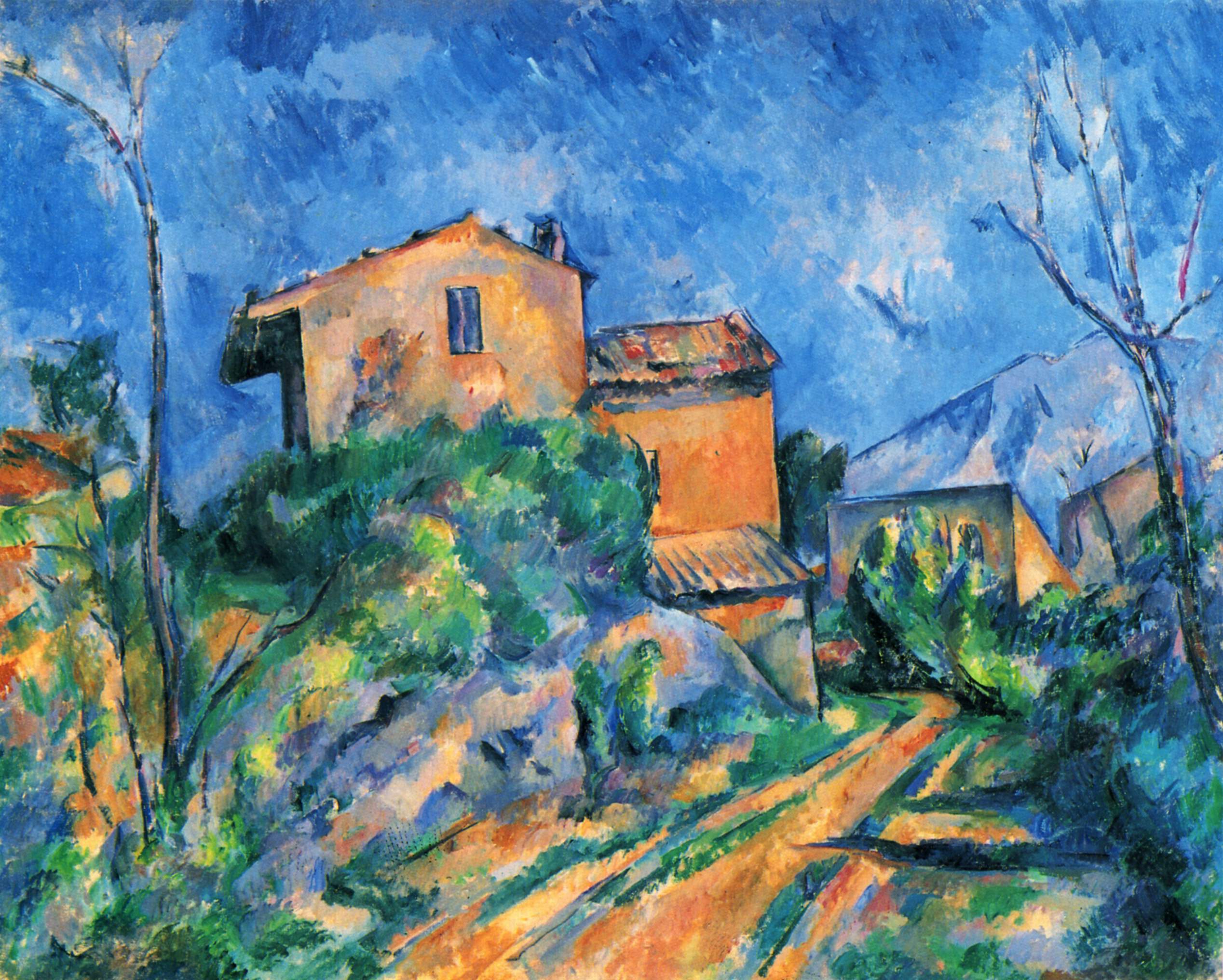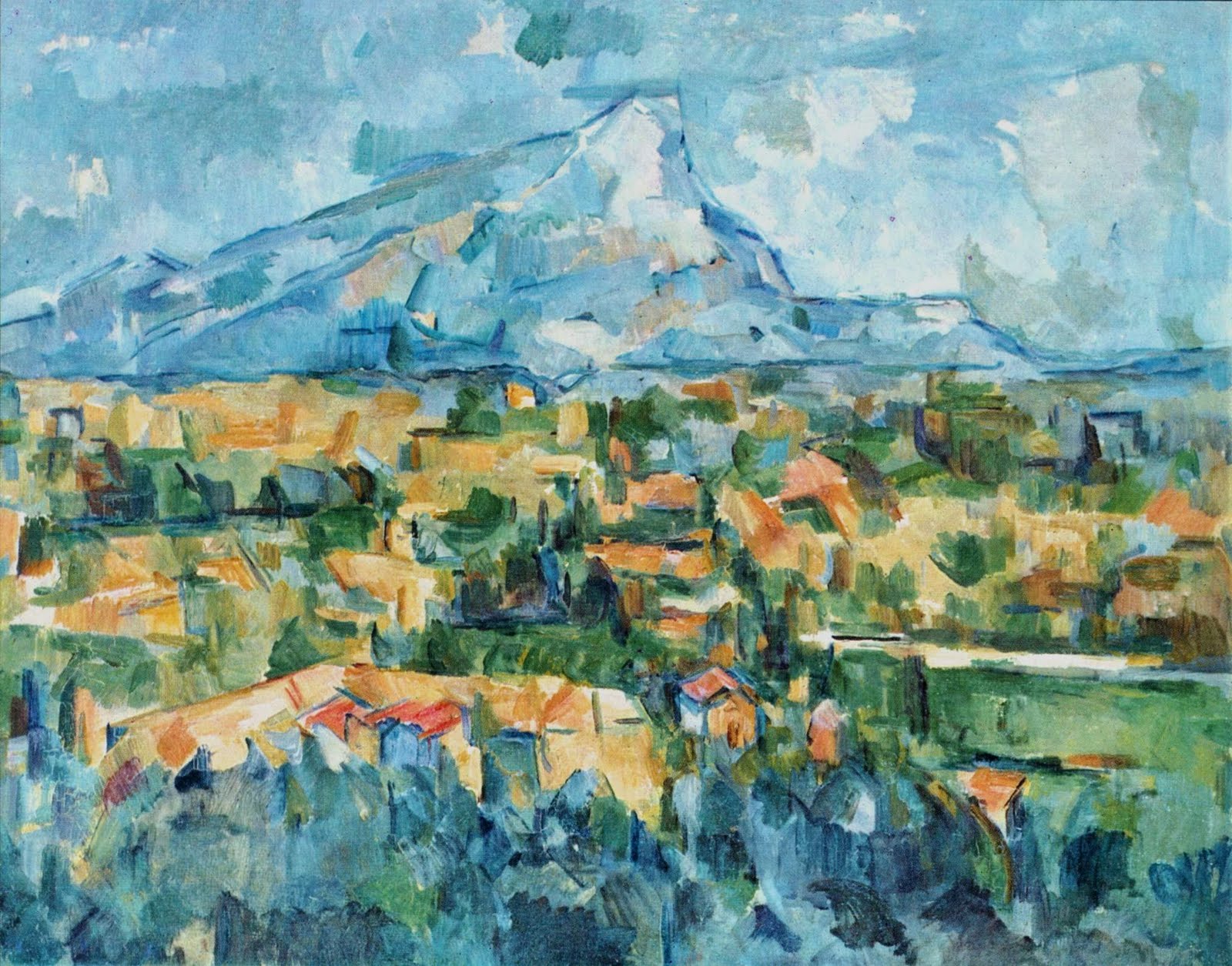


The representation of fixed objects occupying a space, was replaced by dynamic colors and form in constant evolution. The dynamic expression favored by these artists presented a challenge in contrast to the static means of expression promoted by the Academia. The romanticist Eugène Delacroix, the realist Gustave Courbet, and practically all the Impressionists had abandoned a significant portion of Classicism in favor of immediate sensation. In anticipation of Proto-Cubism the idea of form inherent in art since the Renaissance had been questioned. The influences that characterize this transition period range from Post-Impressionism, to Symbolism, Les Nabis and Neo-Impressionism, the works of Paul Cézanne, Georges Seurat, Paul Gauguin to African, Egyptian, Greek, Micronesian, Native American, Iberian sculpture, and Iberian schematic art.

Neither homogeneous nor isotropic, the progression of each individual artist was unique. The building blocks that led to the construction of proto-Cubist works are diverse in nature.
CEZANNE CUBISM SERIES
Evidence suggests that the production of proto-Cubist paintings resulted from a wide-ranging series of experiments, circumstances, influences and conditions, rather than from one isolated static event, trajectory, artist or discourse. Proto-Cubism (also referred to as Protocubism, Early Cubism, and Pre-Cubism or Précubisme) is an intermediary transition phase in the history of art chronologically extending from 1906 to 1910.

50.7 x 60.2 cm, (Source entry State Museum of New Western Art, Moscow) The State Hermitage Museum, Saint Petersburg Pablo Picasso, 1909, Brick Factory at Tortosa (Briqueterie à Tortosa, L'Usine, Factory at Horta de Ebro), oil on canvas.


 0 kommentar(er)
0 kommentar(er)
